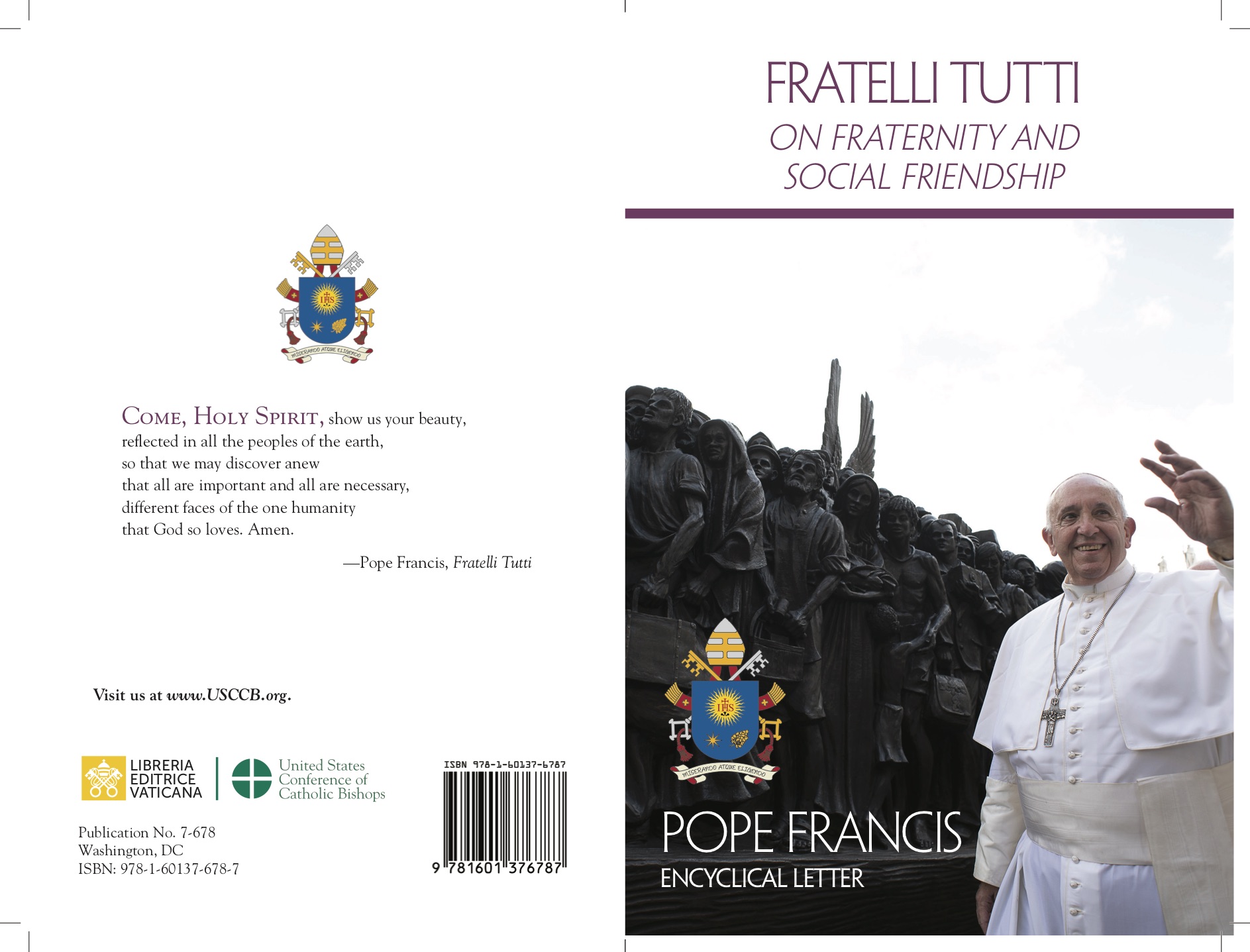
“Through a dramatic intersection of events and fates”. Germana Stefanini was the only woman to be killed by left-wing terrorists. At the time, she was living a modest life with her brother Carlo in an apartment on the outskirts of Rome. She was unmarried, without affectation except for a small collection of scented soaps. She was fond of going to the cinema and for walks with her niece.
In the eyes of the terrorists, she bore a tremendous guilt, which was she worked as a prison officer at Rebibbia at a time, (this was 1983) when several political prisoners were being held there.
Stefanini was soon forgotten, even though the wound of Italy’s ‘Years of Lead’ remains open and painful. Her murder made little noise; at that time, such episodes were often relegated to the crime section in the newspapers.
Giovanni Bianconi, a journalist and respected legal affairs reporter for the Corriere della Sera has written and published, Una come noi. L’omicidio di Germana Stefanini e l’abisso della lotta armata [A Woman Like Us. The Murder of Germana Stefanini and the Abyss of Armed Struggle] (Treccani). The book takes us back to that February 23rd, when three militants from the Armed Proletarian Power, three young people just over twenty years old, waited for her on her doorstep, then interrogated her in her bedroom. They recorded the so-called “trial” against her on audiotapes, and finally shot her to death. In her final hours, Stefanini managed to save the life of a colleague and neighbor, and with her, her beloved niece. That evening, her body was found in a car.
Germana Stefanini died because her killers had declared war on the State and were seeking useful information about her coworkers. However, she handled package distribution, tended the prison garden, and believed that in prison, there are no criminals, only people who can and had made mistakes.
What stands out, in Bianconi’s sober reporting, is the victim’s human dimension, which is set against the ideological fury of the militants who killed her. They were convinced they had struck the State by striking at the defenceless body of a prison custodian. Forty years later, those murderers remain in prison. One of them, the only woman in the ‘commando’, is now on day release.
Bianconi never explicitly names the three ‘brigatisti’ who killed her. This is an act of discretion toward those who have the right to leave prison and rebuild the final stretch of their lives in a different way. Instead, it is a tribute to Germana Stefanini -the true protagonist-, who was awarded the Gold Medal for Civil Valor. Though a marginal figure in the chronicles of the armed struggle, she is today finally portrayed with the caring attention of a great journalist.
by Laura Eduati













 Purchase the Encyclical here Fratelli Tutti
Purchase the Encyclical here Fratelli Tutti
